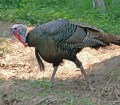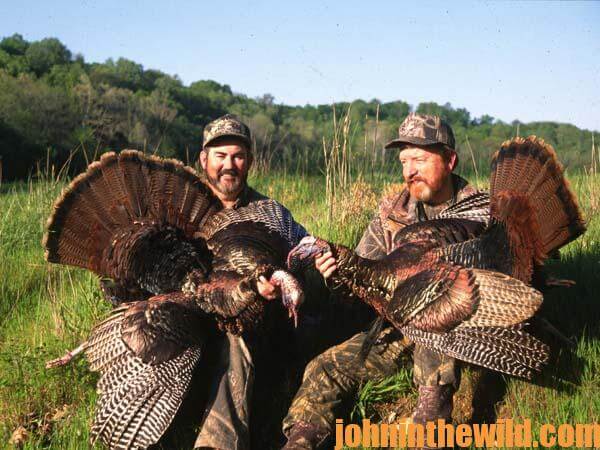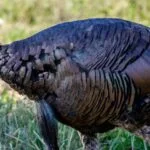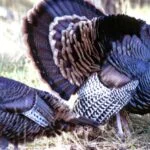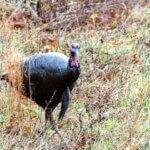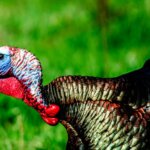John’s Note: You can wear the best-quality camouflage, use outstanding turkey calls and employ all the tactics you learn from videos, books and magazine articles, and you still may not go home with a gobbler, if you’re hunting in a place that doesn’t hold a turkey. To have a successful turkey hunt, you first must find a gobbler to hunt. And, to be successful, you need to locate more than one gobbler every day you’re afield, I’ve found in my 50 years of chasing toms. This week I’m sharing some of the most-productive ideas for hunting turkeys that people have taught me to successfully take toms this spring.
Turkeys go through several transitions during turkey season in each state.
Knowing the transitions will help you determine how and where to find gobblers in your state at that time. You can read and study to learn more about turkeys and to be more successful.
 A favorite of mine that’s easy for novice hunters to use is the “Gobbler Guide” from Knight and Hale Calls (www.knightandhale.com). “The “Gobbler Guide” splits the U.S. into various zones and tells you how the turkeys will behave in each zone on each day of turkey season. The guide also gives you the hunting strategies that will enable you to find and bag more gobblers in that state on that date. Here’s briefly how it’s laid out.
A favorite of mine that’s easy for novice hunters to use is the “Gobbler Guide” from Knight and Hale Calls (www.knightandhale.com). “The “Gobbler Guide” splits the U.S. into various zones and tells you how the turkeys will behave in each zone on each day of turkey season. The guide also gives you the hunting strategies that will enable you to find and bag more gobblers in that state on that date. Here’s briefly how it’s laid out.
Phase 1: Early Transition – Bachelor groups of gobblers have broken up, and mature birds are competing for hens. Finding one to two gobblers locked down with several hens – commonly referred to as being henned-up – isn’t uncommon. Gobbling activity peeks on the roost and right after fly-down.
Hunting Strategies: Set-up close to gobblers, and try aggressive calling strategies to get the lead hen agitated. She may try to approach and challenge you, which can bring a mature gobbler straight into range. Simulating fighting purrs is another calling tactic that can potentially bring in the entire flock. You also can target subordinate gobblers that are lonely and looking for love during the mid-morning to early evening hours.
Phase 2: Peak Transition – Similar to the chase phase of the whitetail rut, this period is considered to be one of the best times of the season to hunt turkeys. A large percentage of hens are sitting on their nests, which means gobblers will be alone and desperately seeking companionship.
Hunting Strategies: Utilize run-and-gun tactics that enable you to call and cover a lot of ground. After triggering a response, set-up close to the gobbler, and hit him with an aggressive series of cutts and yelps. Once you’ve got the longbeard fired-up, tone down your calling, and use soft yelps and purrs to coax him the rest of the way.
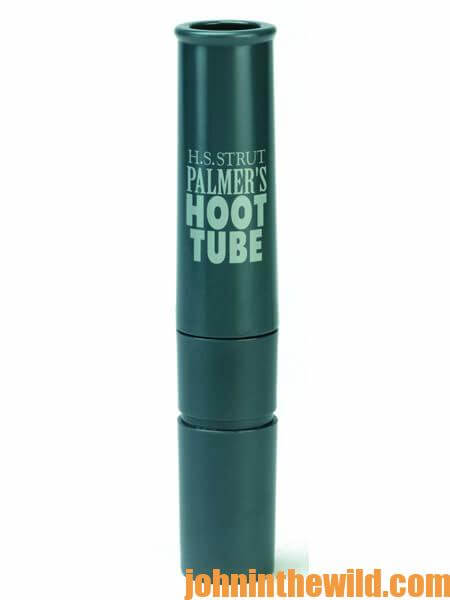 Phase 3: Late Season – The majority of hens are no longer available to breed, and gobblers spend most of their time working and visiting a number of strut zones. The remaining longbeards are often skittish due to weeks of intense hunting pressure.
Phase 3: Late Season – The majority of hens are no longer available to breed, and gobblers spend most of their time working and visiting a number of strut zones. The remaining longbeards are often skittish due to weeks of intense hunting pressure.
Hunting Strategies: Target strut zones, and use minimal calling to avoid spooking call-shy longbeards. Light clucks, purrs and scratching the leaves with your hand to mimic the sounds of feeding hens may generate some action. Placing a single hen or a strutting gobbler decoy directly on a strut zone also may help grab a longbeard’s attention (check the regulations for your state about using decoys). If these tactics fail to produce, you may want to try patterning gobblers like whitetails and rely on ambush set-ups to close the deals.
“Using the ‘Gobbler Guide,’ helps me know if the gobblers will be with hens on the day I plan to hunt,” my friend Chuck Jones explains. “I also can know what phase the breeding season is in on the day I hunt. If, for instance, you know the gobblers have finished breeding on a particular day in the state you plan to hunt, you may not want to use aggressive hen calls. Once toms finish breeding, you won’t hear very much gobbling or hen calling. You may have to rely more on your hunting skills than on your calling skills. ‘The Knight & Hale Gobbler Guide’ also comes with a video that both the beginner or the most-advanced turkey hunter will enjoy.”
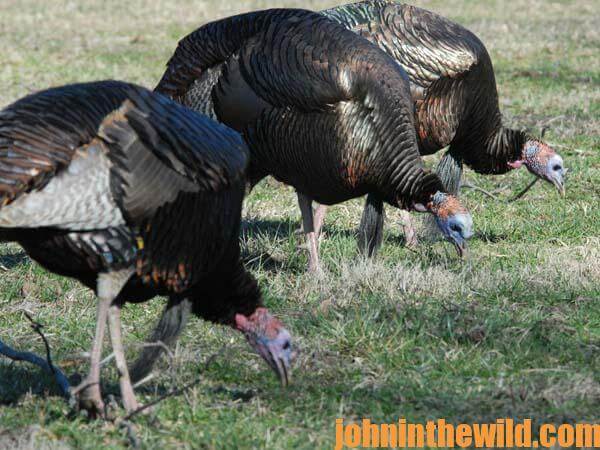 To learn more about turkey hunting from the masters, get these Kindle eBooks by John E. Phillips, including: “The Turkey Hunter’s Bible (available as an eBook or in paperback),” “PhD Gobblers: How to Hunt the Smartest Turkeys in the World,” “Turkey Hunting Tactics,” “How to Hunt Turkeys with World Champion Preston Pittman,” “The 10 Sins of Turkey Hunting with Preston Pittman,” and “Outdoor Life’s Complete Turkey Hunting.” Click here to get these books.
To learn more about turkey hunting from the masters, get these Kindle eBooks by John E. Phillips, including: “The Turkey Hunter’s Bible (available as an eBook or in paperback),” “PhD Gobblers: How to Hunt the Smartest Turkeys in the World,” “Turkey Hunting Tactics,” “How to Hunt Turkeys with World Champion Preston Pittman,” “The 10 Sins of Turkey Hunting with Preston Pittman,” and “Outdoor Life’s Complete Turkey Hunting.” Click here to get these books.

